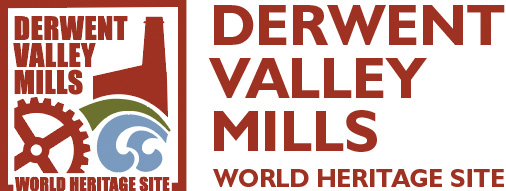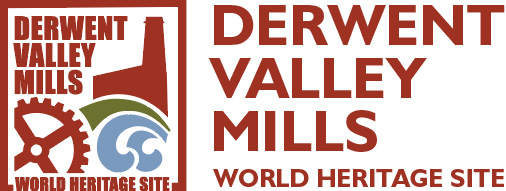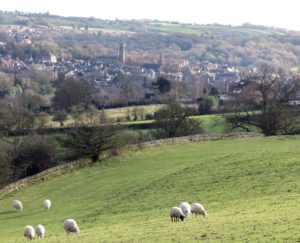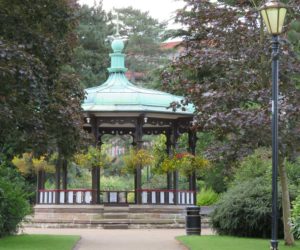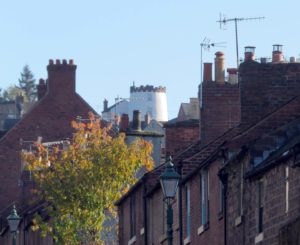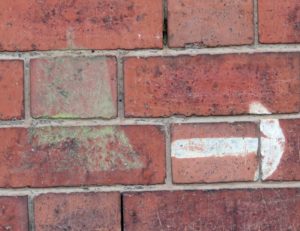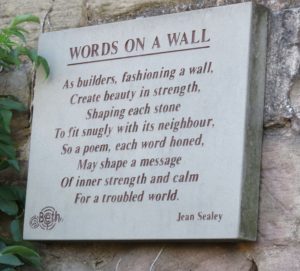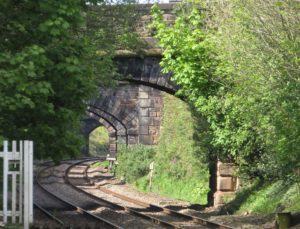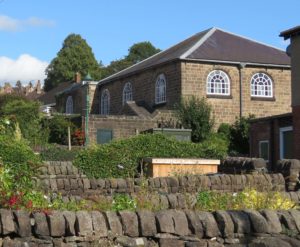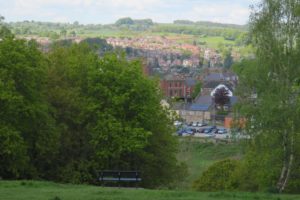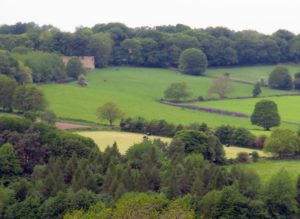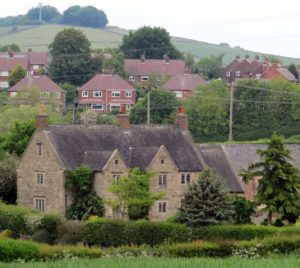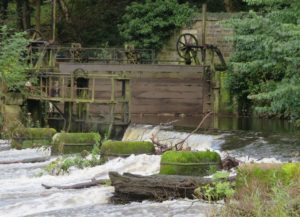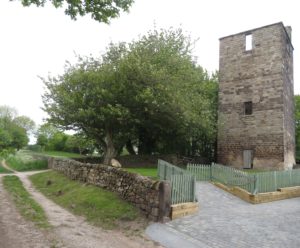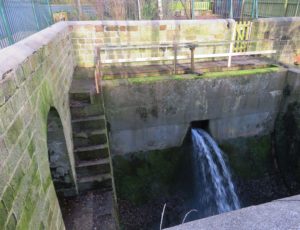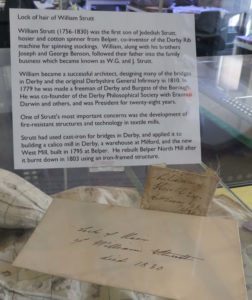Hidden Heritage Belper Area
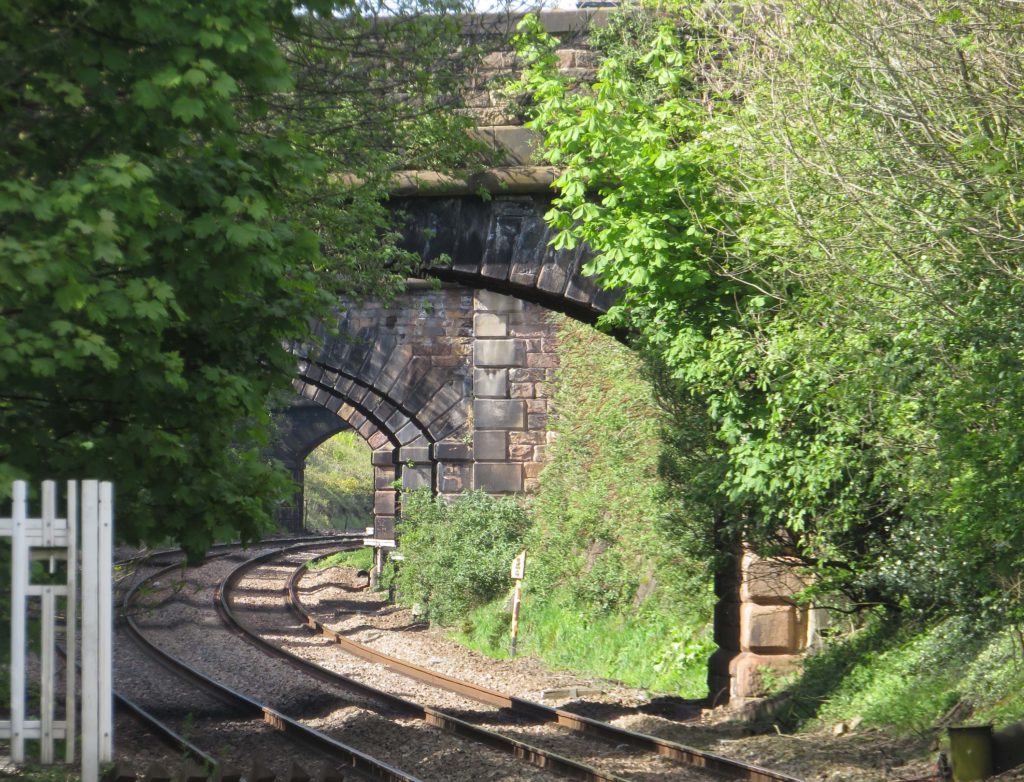
When you’ve visited all our main attractions, you may just want to wander around the Belper area of the valley. We’re delighted to let you into some secrets here. Now you’ll be able to discover those forgotten treasures and hidden heritage tucked away and read the story behind them.
Wyver Lane Wildlife
North of Belper, and west of the River Derwent, Wyver Lane takes you to a large pond. It sits across the valley from the beautifully laid out Belper Cemetery. Here, you’ll discover plenty of wildlife, particularly water birds, on one of the Derbyshire Wildlife Trust’s most important wetland nature reserves.
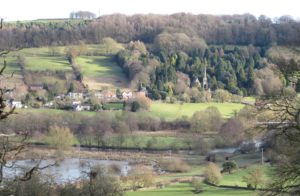
Views from the old paths, Belper
From Belper Lane End, a small community to the north west of Belper, you’ll discover some old paths leading back to the town. You can walk these old paths which avoid the roads and skirt round via Wyver Farm. They provide some rarely-seen views of the old mill town of Belper.
The Stone Shield
On Belper Lane, where the road takes a sharp turn to come down the hill for the bridge crossing, the highest house gable on the corner features this stone shield, close to its top point. This is said to be the coat of arms for John O’Gaunt, the son of King Edward III, who once owned Belper and the surrounding countryside. It has been claimed that when the river bridge he had built in the 14th century was swept away by floods in the 1790s, this stone shield was saved from the ruins and re-used here.
The River Gardens Bandstand
Near Belper mills, the River Gardens are always worth a visit. On a summer Sunday afternoon, seek out the copper-topped bandstand, where bands can be found playing to visitors.
Belper Windmill
From the bottom of Long Row, looking up the street and to the right of the top house gable, you’ll spot this white castellated turret. This is all that’s left of Belper’s 18th century windmill.
The Green Bell
Painted on the Christ Church Vicarage, and the old Drill Hall on Cluster Road, both in Belper, you’ll find these green bells and white arrows painted on the buildings. They were luminous markers to help people find the church bells during the wartime blackout. You had to ring the bells if there was an invasion, to warn the town!
Words on a Wall
This plaque on a wall in the Clusters area of Belper is just part of Beth’s Poetry Trail. You can find twenty plaques with appropriate pieces of verse on the Trail which covers much of the town. It’s a lovely Trail to follow and you can find more information at Beth’s Poetry Trail
Railway Bridges
The railway running through the valley from Derby to Ambergate was designed by George Stephenson and his son Robert. It has been described as the best surviving Stephenson-built line in the world. At Belper it passes under eleven bridges, and along a deep cutting. From certain points you can see bridge after bridge after bridge.
The Unitarian Chapel
The Strutt family who built Belper’s mills were Unitarians, and they provided this little chapel for the town, hidden away up Field Row. It’s well worth seeking out on open days, when you can descend into the catacomb below, where several members of the Strutt family were laid to rest.
View from the Parks
Just off the Market Place is the Coppice Car Park, and beyond that is Belper’s Medieval Deer Park. You’ll find no deer these days (not since 1580!) but the views of the town are striking from the top of the hill. There’s a bench there to rest on while you drink it all in.
The Firing Ranges
There are two old firing range walls in Belper, one on Wyver Lane, and this one on top of the Chevin Hill. This is the earliest, dating back to 1860. You can reach it from a wonderful skyline footpath along the top of the hill between the Bluebell Inn at Farnah Green and Milford’s Sunny Hill.
Wildersley Farm
There has been a farm at Wildersley – halfway between Belper and Milford on the eastern side of the valley – since Medieval times. It was derelict at one time but has now been restored. Beyond it, further north, is the top of Bessalone Hill, where the Strutts installed an underground reservoir in 1895. It’s well worth a visit on local footpaths, for the fine views across the county.
Milford Footbridge
At Milford, off Foundry Lane, there’s a fine old weir, built by the Strutts in 1799. Until the floods of 1932, a footbridge ran across the weir, connecting the two sides of the valley. If you look for them, you can still see the piers on which it once stood.
The Tower
At the very top of Sunny Hill in Milford, you will find this tower. It was built by George Stephenson, to aid in the construction of what was, in 1838, the world’s second longest railway tunnel, which ran beneath it. It’s a rare survival of early railway engineering.
The Wheel Pit
The Milford mills were demolished in 1964, but the waterwheel pits which once powered the mills were left when the site was cleared. In the car park of the Soi Kitchen restaurant, you’ll find this deep pit, with water still running through it, although the waterwheel has long gone.
William Strutt’s Hair
One of the more unusual items to be found in the Derbyshire Record Office at Matlock, relating to the World Heritage Site, is this lock of William Strutt’s hair. William created fireproof iron-framed mills, the forerunner of the modern skyscraper. He was a great inventor and it’s incredible to think this lock of his hair has survived all these years later. He died in 1830.
